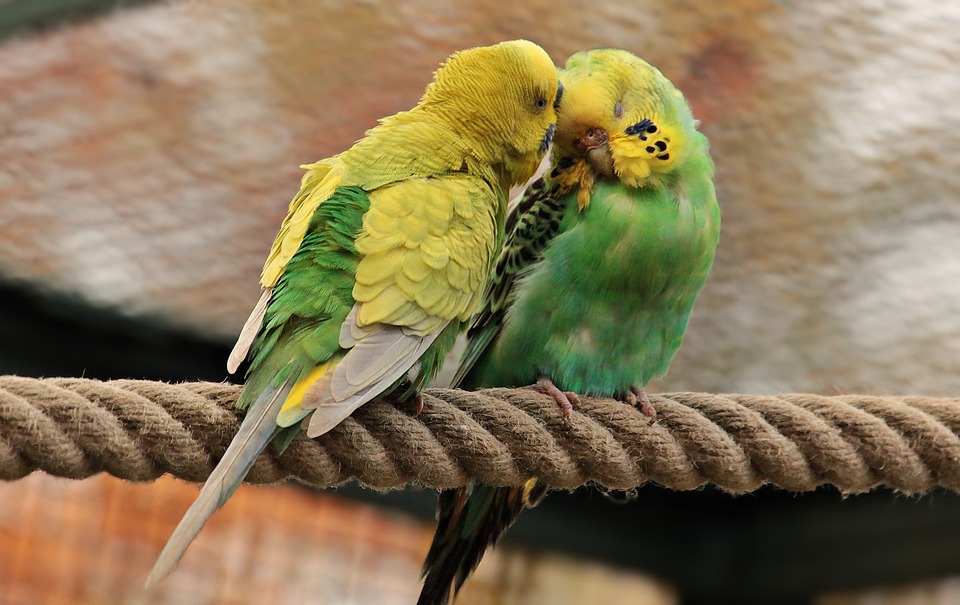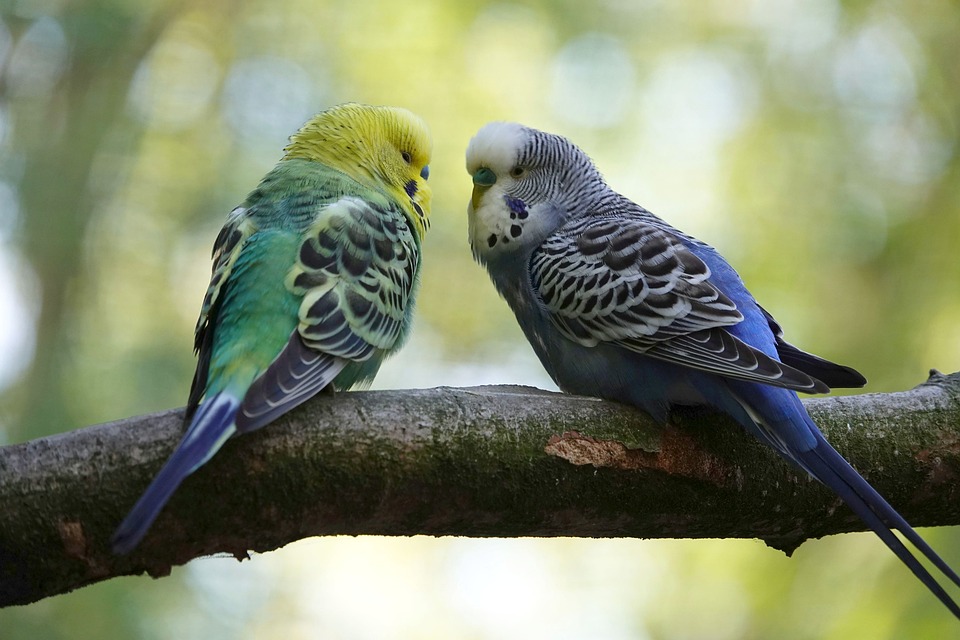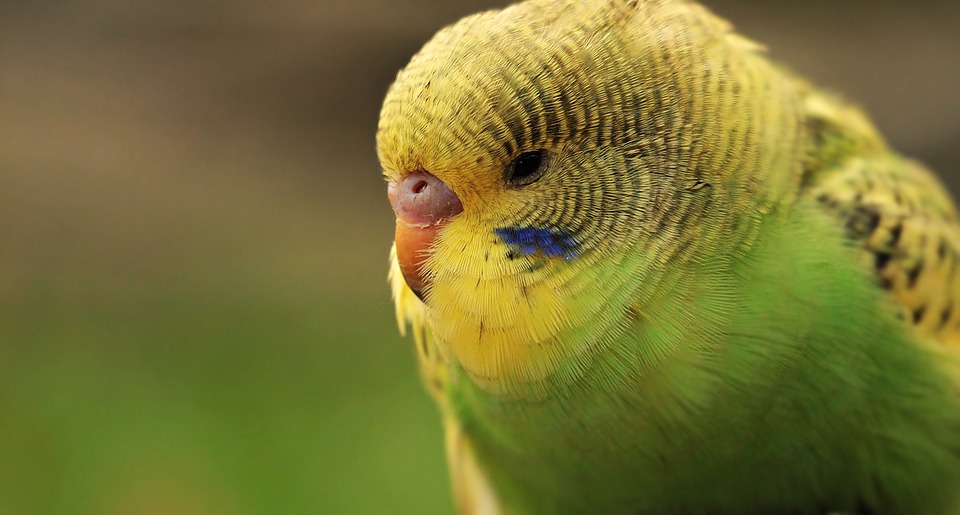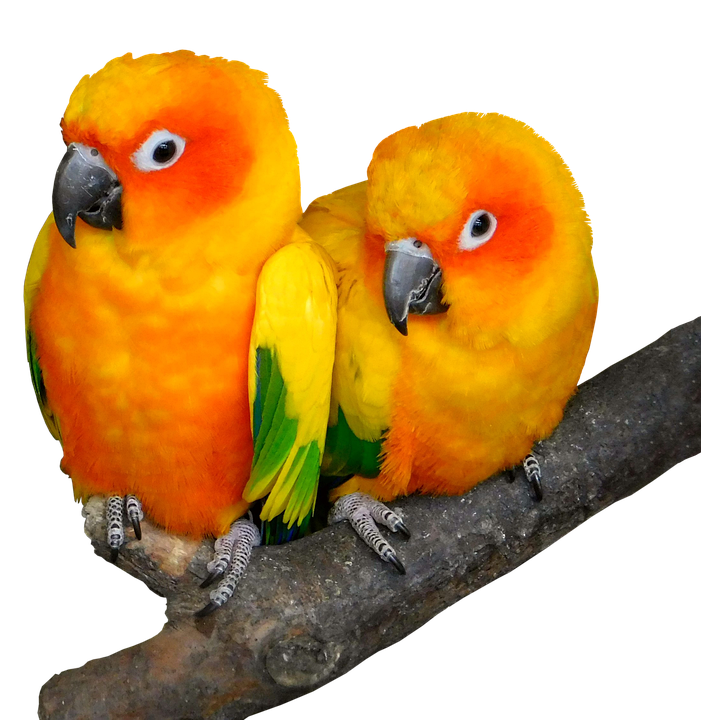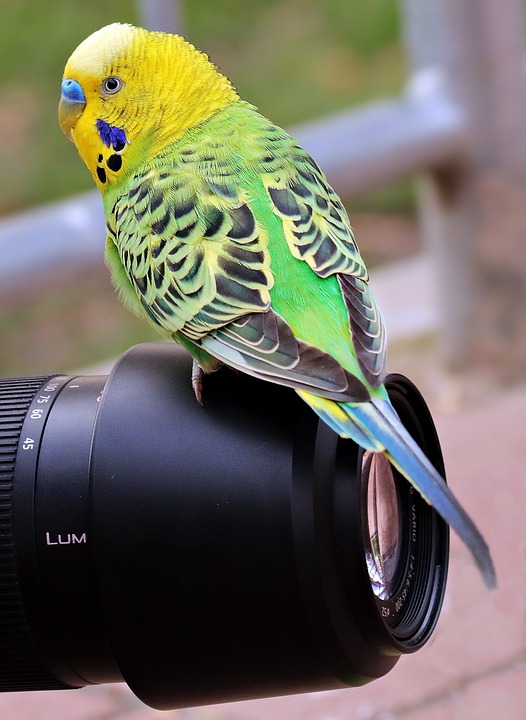Understanding Parrot Behavior: Decoding Dominance Displays
Introduction:
Parrots are highly intelligent and social creatures, known for their vibrant plumage and ability to mimic human speech. However, understanding their behavior can be a complex task, especially when it comes to decoding dominance displays. In this article, we will delve into the world of parrot behavior, shedding light on dominance displays and providing valuable insights for parrot owners.
I. What are Dominance Displays?
A. Definition and Purpose
Dominance displays are behaviors exhibited by parrots to establish their position in a social hierarchy. These displays serve as a way for parrots to assert dominance and maintain order within their flock or family.
B. Common Dominance Displays in Parrots
1. Aggressive Vocalizations
Parrots may use loud and harsh vocalizations to assert dominance and establish their presence. These vocalizations can include squawking, screeching, and growling.
2. Wing Flapping and Head Bobbing
Parrots often engage in wing flapping and head bobbing as a way to display their physical strength and dominance. This behavior is commonly seen during territorial disputes or interactions with other parrots.
3. Feather Ruffling and Preening
Parrots may ruffle their feathers or engage in excessive preening as a way to assert dominance and show off their plumage. This behavior is often seen during courtship or when establishing territory.
4. Biting and Aggressive Body Language
When feeling threatened or challenged, parrots may resort to biting and displaying aggressive body language. This behavior is a clear sign of dominance and should be addressed promptly.
II. Decoding Dominance Displays: Understanding the Parrot’s Perspective
A. Natural Instincts and Social Hierarchy
Parrots are naturally social creatures that live in flocks in the wild. They have a strong instinct to establish a social hierarchy within their group, with dominant individuals taking on leadership roles.
B. Identifying Triggers for Dominance Displays
Dominance displays can be triggered by various factors, including territorial disputes, competition for resources, or interactions with other parrots or humans. Understanding these triggers can help prevent or address dominance displays.
C. Differentiating Playful Behavior from Dominance Displays
It is essential for parrot owners to differentiate between playful behavior and dominance displays. Playful behavior is typically characterized by a relaxed body posture, gentle vocalizations, and engaging in interactive play with toys or humans.
D. Recognizing Fear or Anxiety-Induced Dominance Displays
In some cases, dominance displays may be a result of fear or anxiety. Parrots may display dominant behavior as a defense mechanism to protect themselves from perceived threats. Recognizing and addressing the underlying fear or anxiety is crucial in resolving these displays.
III. Addressing Dominance Displays: Effective Strategies for Parrot Owners
A. Establishing a Healthy Relationship with your Parrot
Building a strong bond with your parrot based on trust, respect, and positive reinforcement is essential in minimizing dominance displays. Spend quality time with your parrot, engage in interactive play, and provide ample socialization opportunities.
B. Providing Mental and Physical Stimulation
Parrots are highly intelligent creatures that require mental and physical stimulation to thrive. Providing a variety of toys, puzzles, and activities can help redirect their energy and prevent boredom, which can contribute to dominance displays.
C. Consistency and Positive Reinforcement
Consistency in training and positive reinforcement techniques, such as reward-based training, can help establish boundaries and reinforce desired behaviors. Avoid punishment-based training methods, as they can lead to fear and aggression.
D. Seeking Professional Help if Needed
If dominance displays persist or escalate into aggression, it is crucial to seek professional help from a qualified avian behaviorist or veterinarian. They can provide specialized guidance and develop a tailored behavior modification plan for your parrot.
IV. Frequently Asked Questions about Parrot Behavior and Dominance Displays
A. How do I know if my parrot is exhibiting dominant behavior?
Some signs of dominant behavior in parrots include aggressive vocalizations, wing flapping, feather ruffling, and biting. These behaviors are often accompanied by aggressive body language.
B. Can dominance displays be eliminated completely?
While it may not be possible to completely eliminate dominance displays, with proper training and a healthy relationship, their frequency and intensity can be significantly reduced.
C. Are dominance displays a sign of aggression?
Dominance displays can be a precursor to aggression if not addressed promptly. It is important to differentiate between displays of dominance and aggressive behavior, and take appropriate measures to prevent escalation.
D. How do I prevent dominance displays from escalating into aggression?
Building a strong bond with your parrot, providing mental and physical stimulation, and employing positive reinforcement techniques can help prevent dominance displays from escalating into aggression.
E. Can dominance displays be seen in all parrot species?
Yes, dominance displays can be observed in various parrot species. However, the intensity and frequency may vary depending on the individual bird and its natural behavior patterns.
Conclusion:
Understanding parrot behavior, particularly dominance displays, is crucial for fostering a harmonious relationship between parrot and owner. By delving into the intricacies of their behavior, decoding their displays, and employing effective strategies, parrot owners can ensure the well-being of their feathered companions. Remember, seeking professional guidance when necessary can also provide valuable insights into resolving any behavioral issues.


